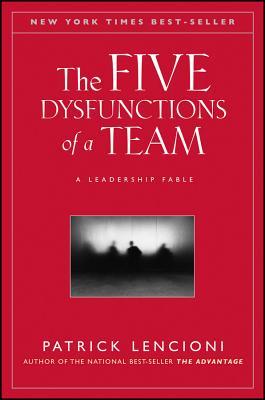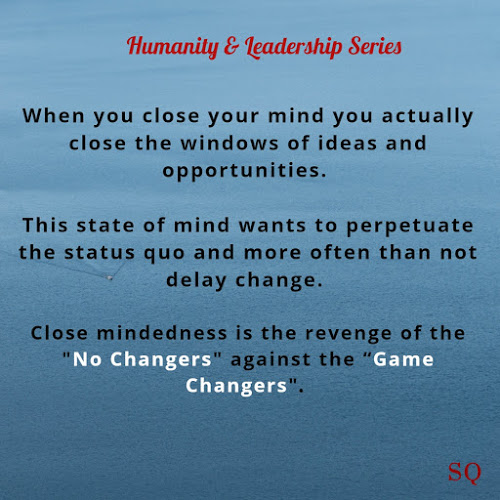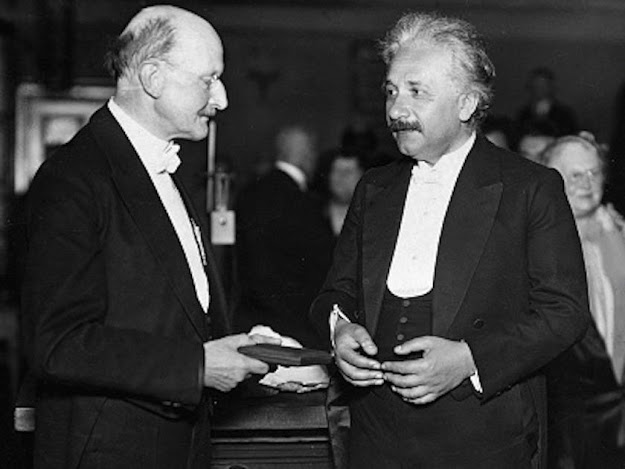Life is All About Change
Everything and everyone has to change. There is no concept of permanence in our existence. Our creation is inherently designed and programmed to change. Some may change early and some may change later but there is no escape from the infinite influence of change. Change, as some people say, is the most permanent aspect of our existence. But the most intriguing aspect about change is that it starts affecting the subject even without many realising it. By the time the change is acknowledged by the subject there is very less in our hands to influence the course of change itself.
Create it , Plan it
The best way to control change is to plan and create the change ourselves. In organizations change is vital for its very survival. The changes must come to its core business when it is due and also to the supporting activities that powers the core business. This is the area where some organizations survive and many perish for they never planned and created the change. Most of them were consumed by the sudden change. Another scary aspect about change is that if you allow it to come unannounced and suddenly then it may wreck havoc beyond redemptions in most of the cases. Imagine a tornado is coming and someone does not even know about it. The results are open for anyone to guess.
Why Planned Changes Fail ?
Many organizations plan changes and even try to execute it on the ground but the planned change fails. As far as my experience goes, most of the planned change fails because of certain obvious reasons. I am pointing out a few
of them to understand where our strategy may have gone wrong.
The Hostage Situation
When there is no option left but to change then most of us change. These circumstances of change leaves us with very few avenues to dictate the course of change. We mostly have to flow with currents of the sudden change thrust upon us by the circumstances. Whatever influences we can exert on the course of change has a high degree of probability of failures. That is the reason most of the entities fail in such circumstances of change as it is thrust upon and not the self created changes. The best way to avoid such changes is to never allow such type of change to happen. To do that we need to understand the change needed and do it ourselves before the storm strikes.
The Revolutionary Itch
Whenever the subject of change comes we have the natural tendency to think big and plan even bigger. We feel that whatever is not done till now should all be bundled together and executed with the planned changes. Also we visualise that whatever can be done in the future should all be done in this planned change itself. Nothing should be left in the future to be changed. This conceptual immaturity makes our planned change so big, heavy, painful and unexecutable that it is destined to fail from the start itself. It is to be always remembered that Revolutionary changes in organization generally have a painful course and higher chances of failure. The best option is to plan changes in phases as an Evolutionary process rather than sudden Revolutionary bang.
The Drawing Table Experts
The "External Drivers of Change" like the political environment, Economic situations, technology and legal issues have tremendous effects on the organization. A discerning eye can see it and a visionary mind can read it. So any planned changes in the organization that do not take into accounts the external drivers of change are going to fail in their endeavours. This is precisely what happens to many planned changes which were merely conceptualised on the drawing table.
The CI Factors
For any planned change to happen the course of change must be creative and innovative. Most of us do not understand that humans by nature are resistant to changes and the first reaction is to resist it. The resistance to change mostly comes from the inside and that is why the “ Internal Drivers of Change” are as essential as the “ External Drivers of Change”. The best way to implement change is to make it creative and innovative so that it is less painful and it easily fits into the organizational structure and systems. The Creativity & Innovation ( CI) Factors have to be high for any organization to succeed in its change.
The Conversation Principles
The ideas that are not communicated in simple, unambiguous and plain terms are generally not understood. Those ideas are bound to fail whose acceptance rate is poor among its intended targets. Most of us plan changes without making the critical stakeholders of the organizations understand it fully and the most important of them all is the employees. It is essential that the planned changes are understood and even stakeholders trained for it for the bumpy courses ahead. Those changes which have been communicated brilliantly will come out gloriously.
The Urgency Factor
The eminent thinkers on change management are of the views that most of us miss the cardinal aspects of change. For any change to happen successfully in any organization the sense of Urgency of Change has to be created. This urgency of change is related to our psychological aspect of accepting change. As humans we accept changes easily whose urgency factors are higher than those which can wait. Hence the leadership needs to introduce the urgency for change with clarity and purpose and its benefits for the organisation. Most of the leadership show impatience for change rather than urgency for change. Impatience breeds confusion and distrusts for change while urgency which has been communicated unambiguously brings in more trust.
The Buck Stops Here
Leadership is the pivot around which all the intended and planned changes revolve. Right from the conceptual stage to the roads ahead and to the destination the role of leadership is critical. In Spite of having all the factors in its favour still some organizations fail in their planned changes. The reason may lie in the leadership. Bad circumstances with good leadership will always come out better than with a favourable situation with poor leadership. Such is the importance of leadership in any planned changes. To me the fate of organizational change depends highly on the activities of the leadership.
These are some of the main reasons which lead to failure in organizational changes but it is not exhaustive in itself. I hope this helps some of us plan our changes better be it in our individual endeavours or for the organizational enterprises.

 Get a PDF Free Book
Get a PDF Free Book




























































































































































































































































Great article on leadership. love to see more...
Great perspective on role of leadership for managing change. I believe that the urgency for change becomes impatience for change when the organisational leadership, in addition to being reactive, does not invest optimally and proactively in training and upskilling its human resources. This in turn leads to resistance to change and poor response to change management.
This is true
Great perspective on role of leadership for managing change. I believe that the urgency for change becomes impatience for change when the organisational leadership, in addition to being reactive, does not invest optimally and proactively in training and upskilling its human resources. This in turn leads to resistance to change and poor response to change management.
It is a Wonderful Article. Hope to See More like This.
This article is really helpful for leering and planned action for future.